Guge Kingdom Ruins
Brief Introduction of Guge Kingdom Ruins
The ruins of Guge are in what is today Zhada County, Ngari Prefecture, Tibet. Guge is said to be the highest of ancient kingdoms located on the ridge of the Roof of the World, as Tibet is called. Marching westwards to Guge from the Tibetan capital of Lhasa is a long and hard journey that crosses a vast uninhabited desert.
However barren, desolate and inaccessible the land might seem, the powerful Guge kingdom ruled over it for over 700 years from the 9th to 17th century. Altogether 16 kings ruled Guge. Yet, historical records reveal little about its rise and sudden demise. It was instead from some letters by western missionaries that people got to know more about the lost empire.
Records show that Guge once made great religious and economic achievements. However, its glory was reduced to pieces when the mighty kingdom was involved in a fatal war in the 17th century. The invasion of the neighboring state Ldakah, coupled with the domestic rebellion of Guge monks, brought the kingdom to its knees.
The ruins are the only visible legacy Guge has left behind.The ruins extend from the mid-ridge of a hill 300 m high at its peak and cover an area of 720,000 sq m. It is the second largest ruin in Tibet, after the Potala Palace in Lhasa. Archaeologists have unearthed 445 earthen and wooden structures, 879 caves, 58 blockhouses (a kind of fortification building), four secret tunnels, 28 stupas (traditional pagoda-shaped Buddhist monuments), granaries and weaponry storehouses.
History of Guge Kingdom
Purang-Guge kingdom was a small Western Himalayan kingdom which was founded and flourished in the 10th century. It covered parts of remote western Tibet and northern Ladakh.
The original capital was at Burang but was moved to Tholing in the Sutlej canyon southwest of Mount Kailash. It was divided into smaller kingdoms around the year 1100 CE. Tholing, at 12,400 feet (3,800 m), the last town before Tsaparang in the kingdom of Guge was then its capital, (163 miles from Darchen). It was founded by the great-grandson of Langdarma, who was assassinated, leading to the collapse of the Tibetan Empire.
Buddhist monuments at both Tsaparang and Tholing are now mostly in ruins except for a few statues and scores of murals in good condition, painted in the western Tibetan style.
Guge was established by the descendents of the royal family of the Tubo Dynasty that ruled all Tibet from about 630 to 842 AD. Tibet was called Tubo by the Han at that time. The last Tubo king arbitrarily banned the practice of Buddhism by persecuting Buddhist followers and destroying monasteries, leading to the fall of the dynasty. Being far away from Lhasa, in western Tibet, present day Ngari, proved to be a safe harbor for the persecuted Buddhists. Years later, Guge, a Buddhist kingdom, was established and was said to have a population of 100,000 at its peak.
Major features
Guge was economically advanced and famous for its industrial achievements, such as panning for gold, smelting, pottery-making, weaving, carpentry, carving, and printing.
Geographically connecting India and the hinterland of Tibet, Guge played a significant role in spreading Buddhist doctrines. The ruling class was fervently Buddhist and they did a lot to promote its expansion. They invited Buddhist masters from India to spread Buddhism. A mural in one of the surviving structures vividly depicts a Guge king warmly welcoming a visiting Buddhist master from India. They also sent Buddhists to India to learn more about the religion, and had Buddhist scripture translated into the Tibetan language. A secret cave filled with remains of Buddhist scripture was found in the ruins. Some were woodblock printed, and some were hand-written. Some were even written with liquid gold and silver, indicating the extravagance of the religious community of Guge.
Route for visiting
The first site -- the White Temple, Lhakhang Karpo -- is not that far from the foot of the mountains. The building is peaceful with slender, red wooden pillars ending in carved capitals, its ceiling composed of intricately painted geometric designs.
With the flashlights (a necessity, since the only illumination in the buildings is from skylights), you could make out the delicate features, fine noses and rounded chins of the Buddha statues on lotus pedestals. Two snarling guardians at the entrance, Tandrin in red and Dorje in blue -- their hard lacquered exteriors damaged so that the innards of straw are exposed -- are still vital in their aggressive poses. The brilliantly colored murals of gods and goddesses are rendered with great delicacy. All spaces are filled with rich painted ornamentation -- animals, flowers, trees, temples, imaginary beasts.
The Red Temple, Lhakhang Marpo, a short distance up the path, is entered through its original wooden doors. In the upper left panel a carved Buddha meditates between what appear to be two angels. To the left of the entrance, below deities in billowing scarves and elaborate jewelry, are panels depicting horses carrying timber for the construction of the temple, goats with panniers of dirt and the king and queen with visiting dignitaries, assembled for the consecration of the temple. Water damage and vandalism in this chapel have been repaired with stunning ineptitude. But at least there is no confusion as to what is original and what is attempted renovation.
The Dorje Jigje Lhakhang, a small temple farther along the path, is filled with painting of wrathful Tantric deities, but in small panels to the right of the entrance, is a scene depicting, in minute detail, people going off to market with woven baskets on their backs. Finally, at the top of the citadel, a lung-straining climb up stairs and through low-roofed tunnels, is the tiny, red Mandala Lha khang. It has no skylight. A platform in the middle of the room once was the setting for a three-dimensional mandala. Wrathful deities take up the large spaces on the wall, but beneath them are gory and macabre paintings of the eight great cemeteries of India.
Entrance ticket: RMB200 / person





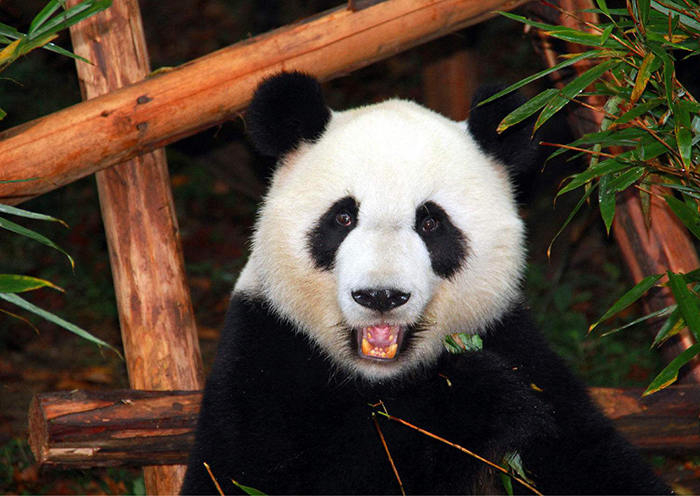
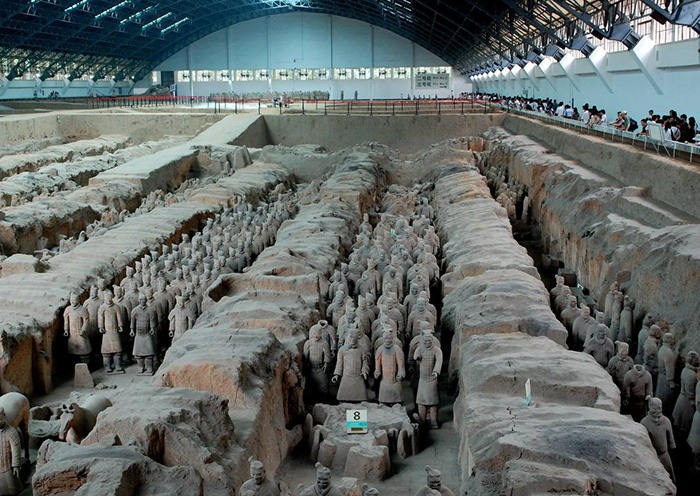
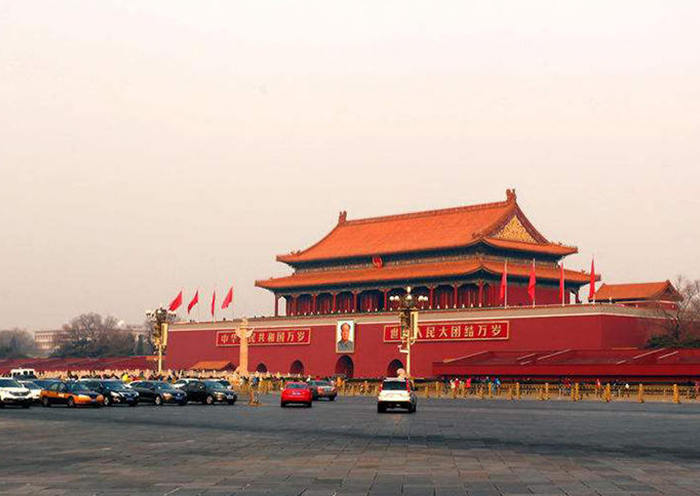
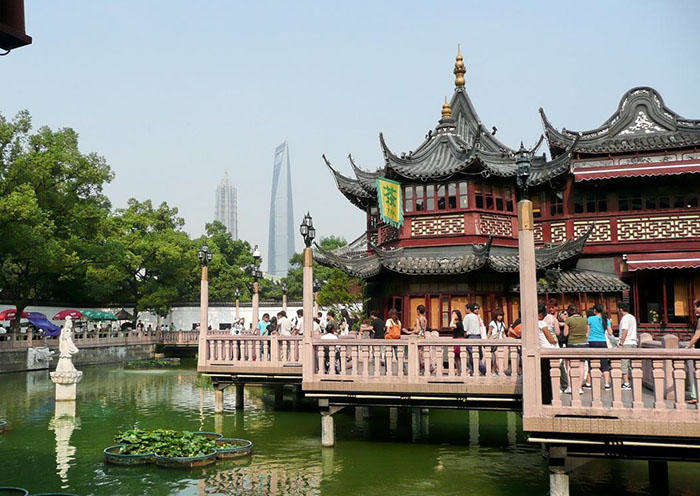
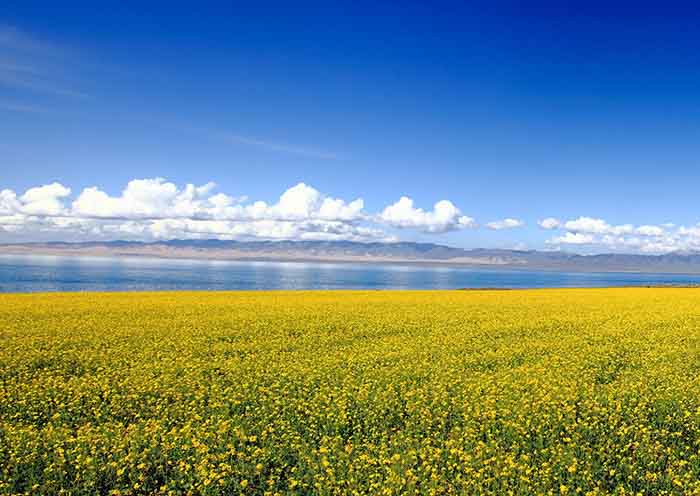
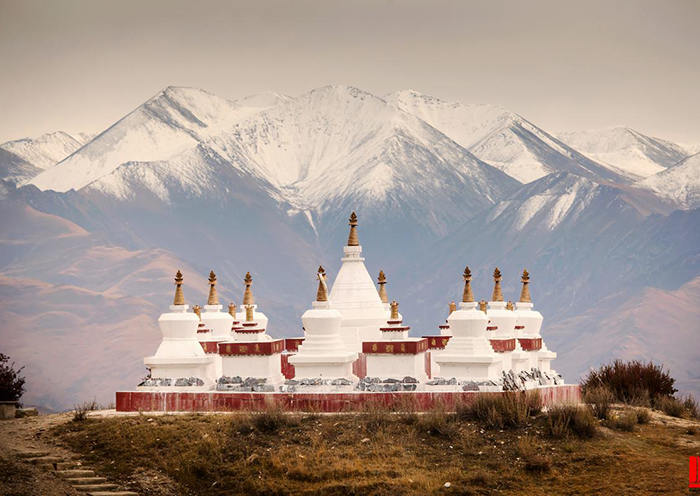
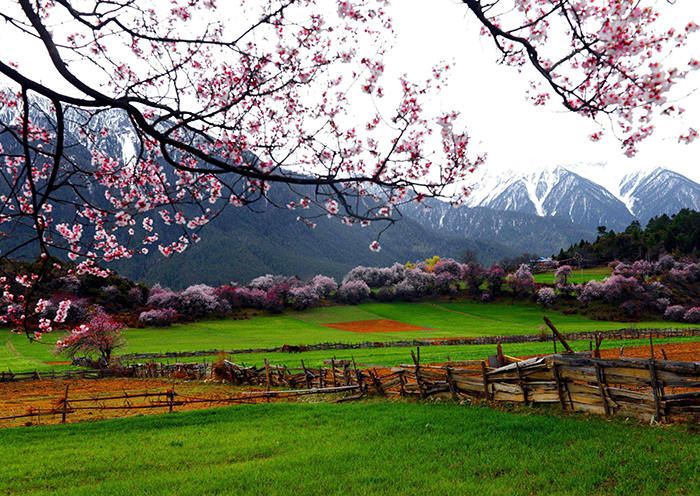
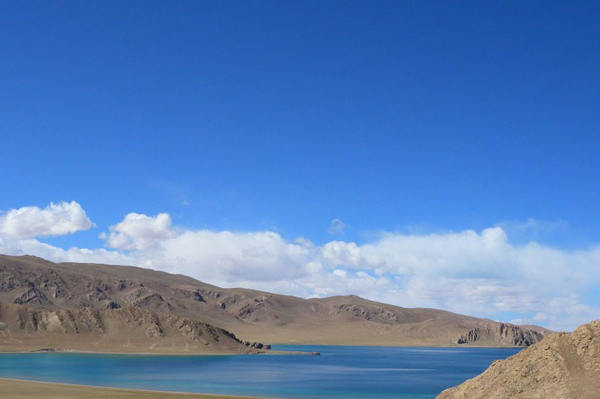
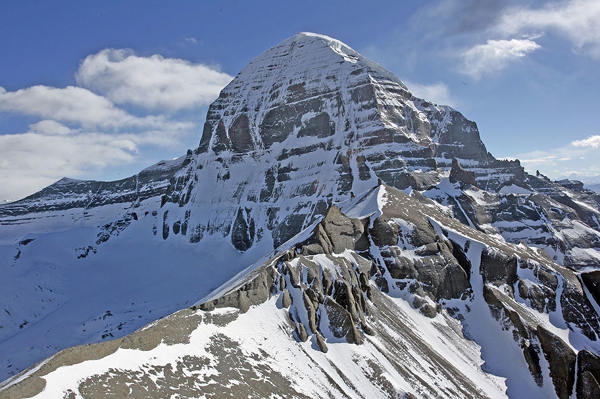

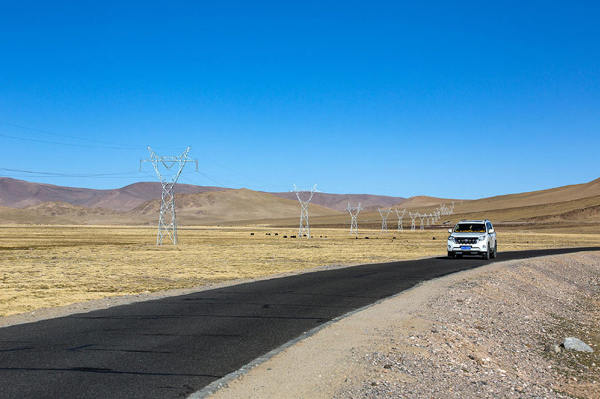



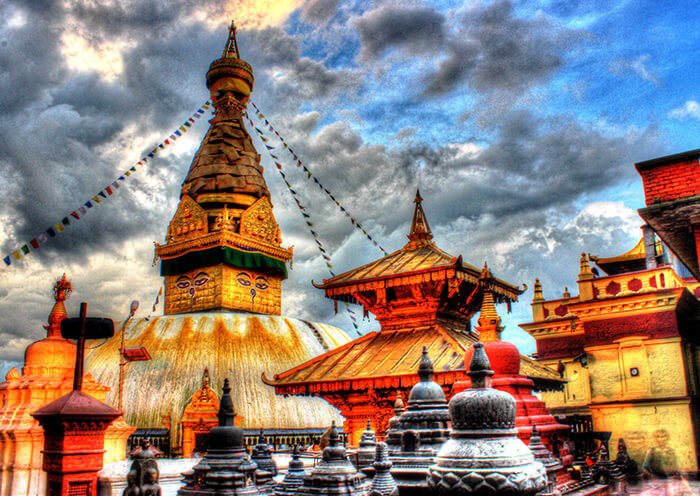
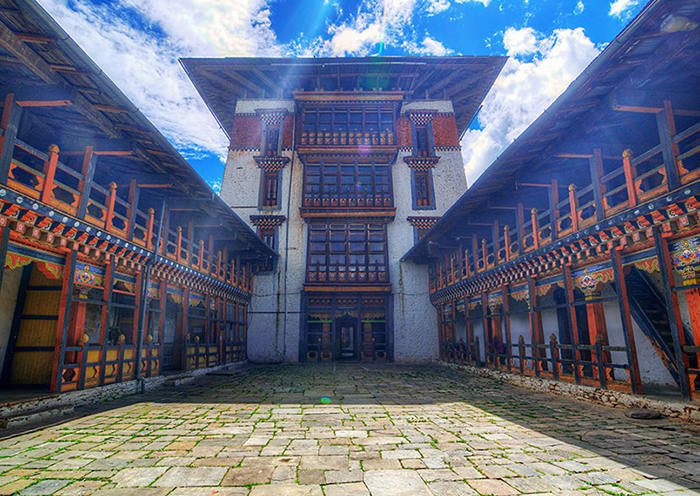
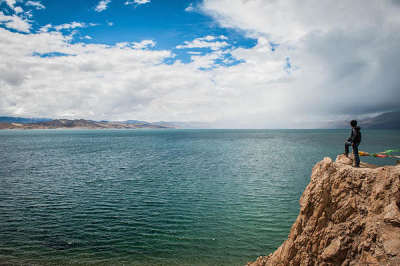


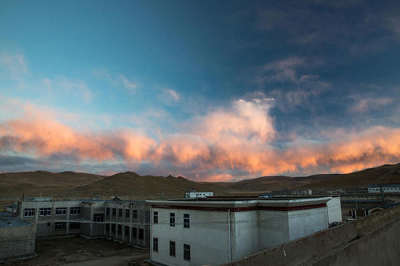
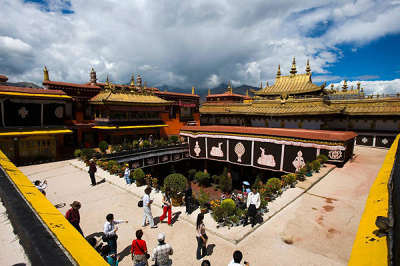
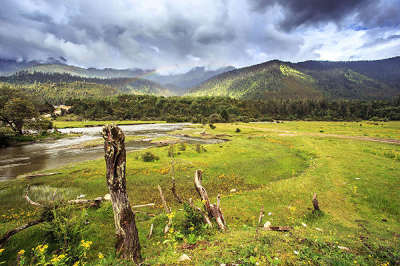

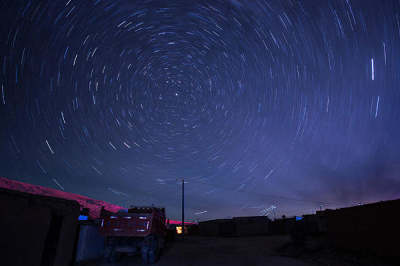

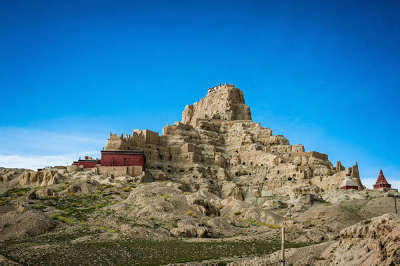

 Data in submission...
Data in submission...